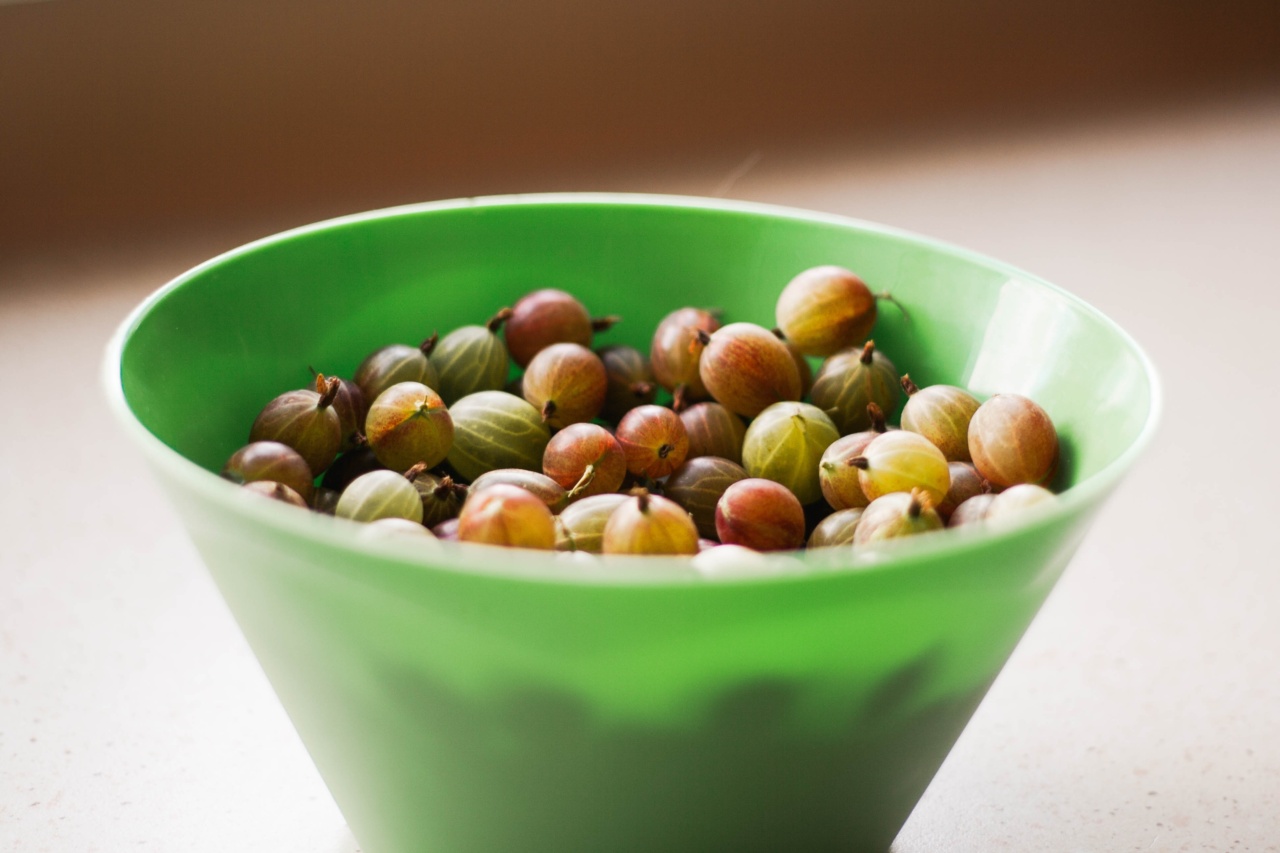Getting enough fiber in your diet is important for maintaining a healthy digestive system, managing weight, and reducing the risk of chronic diseases such as heart disease and diabetes.
However, many people don’t consume enough fiber in their daily diet. According to the American Heart Association (AHA), adults should aim to consume 25-30 grams of fiber per day. Here are six simple ways to increase your daily fiber intake.
1. Start Your Day with a High Fiber Breakfast
Eating a high fiber breakfast can help you start your day off on the right foot. Try to choose cereals that have at least 5 grams of fiber per serving and add some fresh fruit on top for an extra fiber boost.
You can also try making oatmeal with some nuts and seeds mixed in to increase the fiber content. If you prefer a savory breakfast, try eating some whole grain toast with avocado and eggs.
2. Snack on Fiber-Rich Foods
Snacking is a great way to add some extra fiber into your daily diet. Try snacking on fresh fruits and vegetables like apples, pears, carrots, and celery. You can also try eating some nuts and seeds like almonds and chia seeds.
These are all great sources of fiber and can help keep you feeling full between meals.
3. Choose Whole Grains
When you’re shopping for bread, pasta, and other grains, make sure to choose whole grain options. Whole grains are much higher in fiber than refined grains. Look for products that have at least 3 grams of fiber per serving.
Some great options include brown rice, quinoa, and whole grain bread.
4. Eat More Legumes
Legumes like beans, lentils, and chickpeas are great sources of fiber and protein. You can add them to soups, salads, and side dishes to increase the fiber content of your meals.
Try making a bean salad with some mixed greens and a vinaigrette dressing or adding lentils to a vegetable soup for a hearty and healthy meal.
5. Add Some Flavor with Herbs and Spices
Adding herbs and spices to your meals can not only add some extra flavor, but also some extra fiber. Herbs and spices like basil, oregano, and cinnamon are all high in fiber and can be easily added to your meals.
Try sprinkling some cinnamon on your oatmeal in the morning or adding some fresh herbs to your salads or roasted vegetables.
6. Drink Plenty of Water
Drinking enough water is important for maintaining good digestive health. If you’re not getting enough water, you may become constipated and have trouble passing stools.
Aim to drink at least 8 glasses of water per day and try to avoid sugary drinks like soda and juice. Drinking water can also help you feel full and reduce your appetite, which can help you consume less food overall.



























